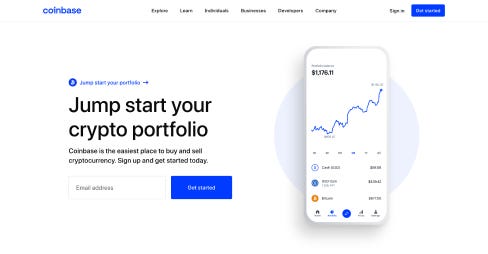How vague web3 value propositions result in a poor UX
Yesterday evening I was scrolling Twitter and bumped into some crypto Marketing/Biz Dev job offers that in their job spec mentioned: “define value proposition.”
And it seemed weird.
Why? Well…
The value proposition is not “a thing that business guys do while we code.” It’s a cornerstone of the company’s strategy that should be defined together with the founding team.
For Amazon, it was “low prices, vast selection, fast delivery.” And we all know it’s not just a slogan they put on their website. The whole company is aligned to reach that goal - from recruitment, through operations, finance, logistics, product, up to marketing.
In web3, it’s not different. The value proposition is a promise that your product fulfills. If you promise something you can’t fulfill, your users will be disappointed. If your promise is vague, the product and the user experience will be chaotic.
Of course, in the early stages, the value proposition is often poorly defined. And so is the product. Because the product was built just to solve the dev’s problem. Or it was built since it was fun to tinker with it. Or the team is just playing Battleships with the user’s needs, adding new features to finally “hit the target.” And that’s okay.
Coinbase famously started as a Bitcoin wallet and redefined the value proposition (and the whole company, including the product!) after they saw that the exchange is the more promising direction.
Coinbase in 2012
Coinbase in 2022
So these things may change. But it’s better to commit to a clear value proposition hypothesis and test it fast than put something vague that neither your users nor your product team really understands. Because clarity makes it much easier to ship great consumer products with memorable UX.
Like papa Steve Jobs said: “You need to start with the customer experience and work backward to the technology.”



